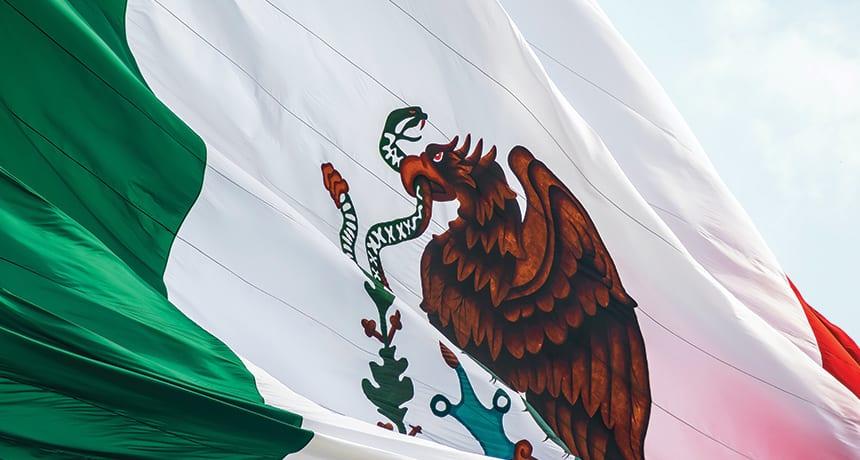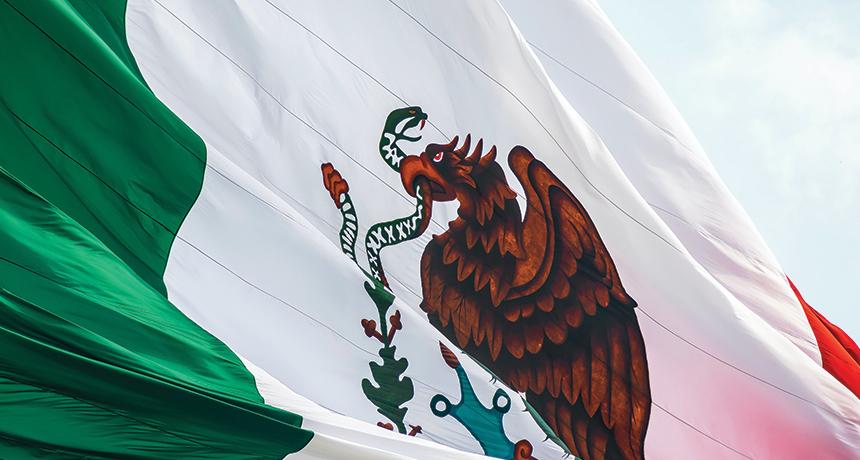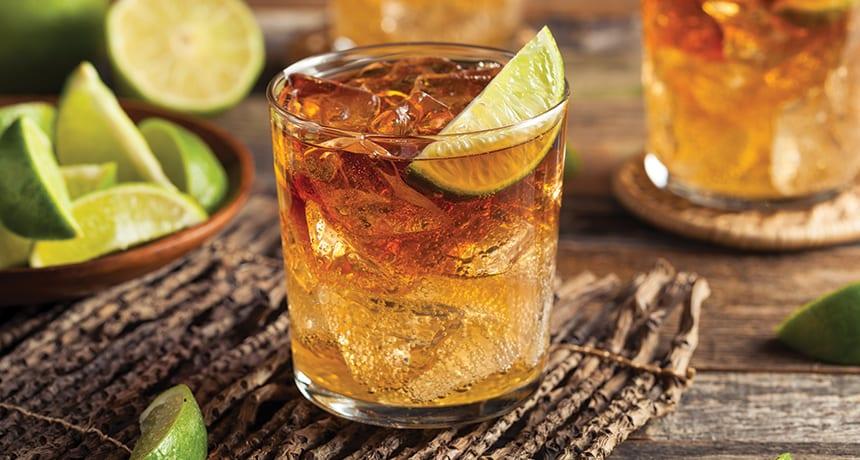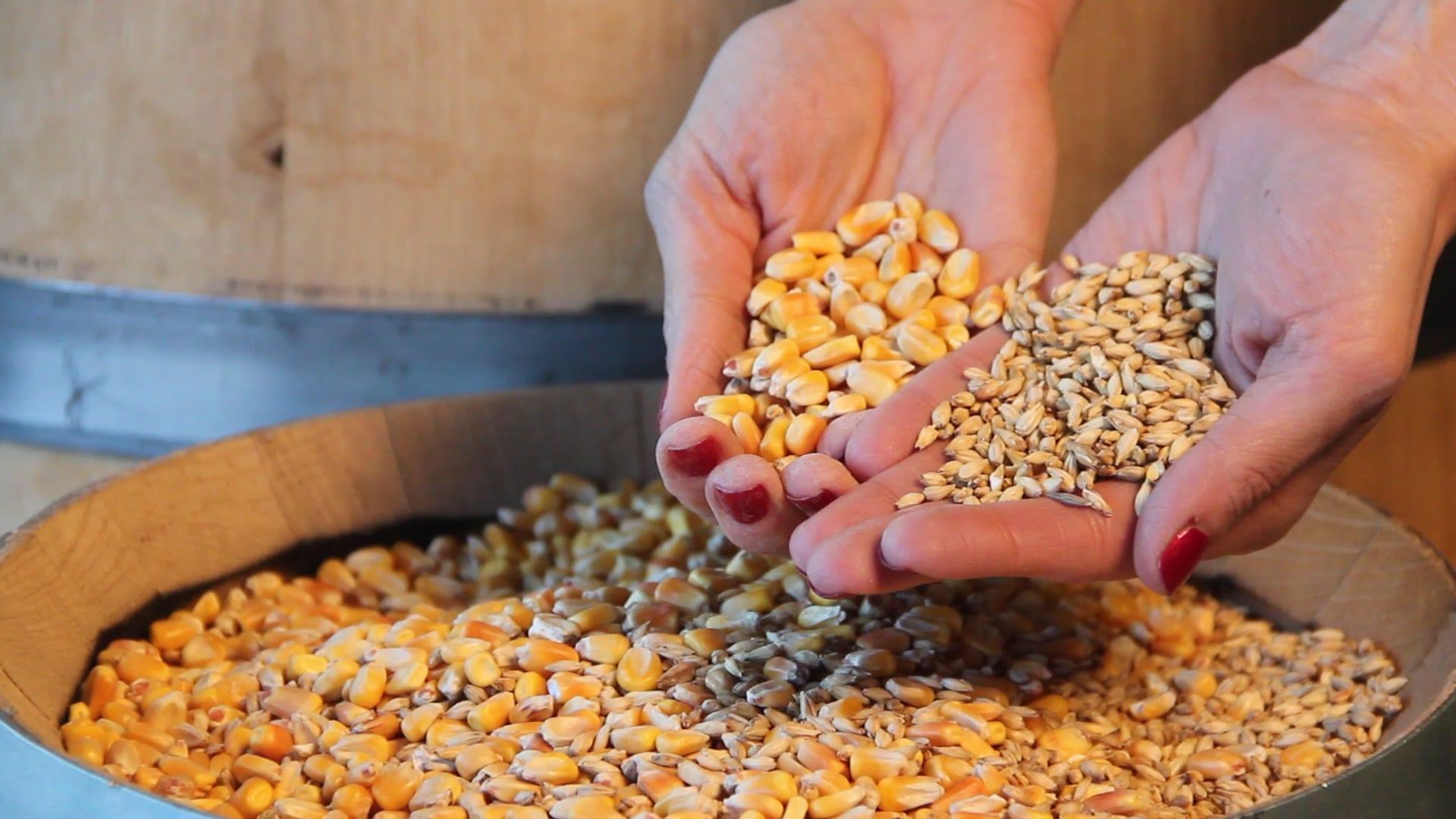
The Art of Non-Alcoholic Spirits
blog
For decades, spirits and cocktails have fostered a culture of craft, connection, and celebration. But over time, cocktail culture has evolved far beyond the buzz!

By Antonio Galvez Yarza, Founding Director & Partner, Mexican Craft Spirits SAPI de CV / The Sugarcane Company SA de CV

For being such a big consumer and promising producer of rum, it's surprising that Mexican rums have gone largely unnoticed by the world rum scene. In fact, I had not even heard of them until a few years ago. That's why I decided to do a little exploration into the past, present, and future of this growing category.
Rum is already a relatively inexpensive spirit to produce compared to other liquors of its kind, like cognac or brandy. In Mexico, sugarcane is abundant, grows all year long, re-grows from the plant, does not need extensive care, and labor is usually cheap, so it is unsurprising that rum is a natural fit for Mexican distillers. So while Mexico is internationally famous for its tequila and mezcal, sugarcane-based spirits have been produced in the country for centuries.
During this time, there were two incidents that have detrimentally impacted the widespread adoption of Mexican rum. The first occurred when the Spanish colonies were forbidden to produce "aguardientes" and table wines by the Spanish crown. This was a major setback for Mexico's rum industry. Compared to other rum producing countries at the time, this historical hiccup slowed growth in the category and obstructed the innovation of production techniques and new styles.
The second challenge occurred with the introduction of the NAFTA trade agreement. As big transnational alcohol brands dropped into the Mexican region with better prices, marketing, and branding, local craft brands were overshadowed. It also didn't help that Mexican society was, at that time, a firm admirer of imported products which left Mexican products, including locally made rum, at a further disadvantage on the market.
Mexican distilling companies assumed they had to compete against the foreign invasion of spirits by adjusting their pricing. That's exactly what they did, cutting through their profit margins and betting for volumes — a move that left them with little space for the innovation and extensive marketing needed to overcome their competitors. Many companies that were once protected from free market schemes disappeared or became cheaply underrated in comparison.

Today we have a generation of rum producers — primarily based in the Mexican states of San Luis Potosi, Veracruz, and Michoacán — that survived the introduction of international competitors during the NAFTA trade agreement around the year 1994. These Mexican companies, usually family owned, have not adapted accordingly or quick enough to the ongoing pressures of competing in an international rum space — globalization and premiumization, to name a few.
Rum consumption in Mexico has remained prevalent. According to ISCAM, a leading market statistics company in Mexico, the rum industry has a 6.2% share of the Mexican wine and liquor segment only slightly behind tequila, whiskey, and table wines.
There is no question that Mexico is a world-class producer — and consumer — of alcohol. From tequila and mezcal to beer and more, Mexico's distilling and brewing traditions are supported by its abundance of natural resources, climate, and culture.
Small craft distilleries are now surging in Mexico, innovating and producing high-quality spirits with great branding, unhindered by any influx of lower priced competition. New generations of Mexicans have grown up with tequila having a huge presence in stores and restaurants all around the world. They have also witnessed how mezcal is following up in the international market along with a few other underdog spirits like sotol, bacanora, pulque, raicilla, and pox.
Rum producers are no exception. With access to excellent varieties of sugarcane, spring water, and more, the country has everything needed to produce premium, internationally recognized rums. There comes the new Mexican rum generation.

Armed with extensive agricultural and distilling knowledge, rum production is increasing, even in states like Oaxaca and Michoacán which have not historically been seen as sugarcane-rich regions. What's resulted is a "Nouveau Generation" of Mexican rum producers, as I call them, that are not only new to the market, but unattached to the traditional methods of cheaper, exclusively molasses-produced rum. This has left room for additional innovation and creative branding that continues to spur development in the category.
Great Mexican craft rums, white and aged, are being produced and consumed more and more as consumers around the world begin to explore Mexican alcohol offers beyond the tequila and mezcal the country is so famous for. This renewed growth is also the result of Mexican rum producers' increased innovation in the category — from blending styles to experimenting with raw materials. Rum brands such as Ron Aconte are introducing a new category under the premium world category for Mexican rum.
There is a great opportunity for Mexican rums to make a comeback into the premium sector, in particular, and to amplify their international presence. That being said, there is also pressure on brands for the big responsibility they have in positioning Mexican spirits within the quality line of new Mexican cuisine and modern cocktails. Can Mexican rums make their way to the top? That remains to be seen, but I am hopeful.
Written by Antonio Galvez Yarza, Founding Director & Partner, Mexican Craft Spirits SAPI de CV and The Sugarcane Company SA de CV
antonio@mexicancraftspirits.com"¯| antonio@thesugarcanecompany.com | +52 1 (443) 2077868
For more information, please visit The Sugarcane Company and Aconte Rum on Instagram at @aconte_ron and on our website, www.aconterum.com.mx
Related Content

blog
For decades, spirits and cocktails have fostered a culture of craft, connection, and celebration. But over time, cocktail culture has evolved far beyond the buzz!

blog
Those that are familiar with the process of crafting distilled spirits may also be familiar with the 10 common congeners that are created during fermentation, and honed during the distillation run. Each congener has its own distinct personality, rendering unique tastes and aromas to the finished spirit.

blog
So, you want to start distilling with freshly milled grain. Maybe you're tired of paying top dollar for the pre-milled stuff from the malt distributor, and you're ready to invest in the quality, efficiency, and bulk pricing that comes with milling your own whole grain. But where do you start?